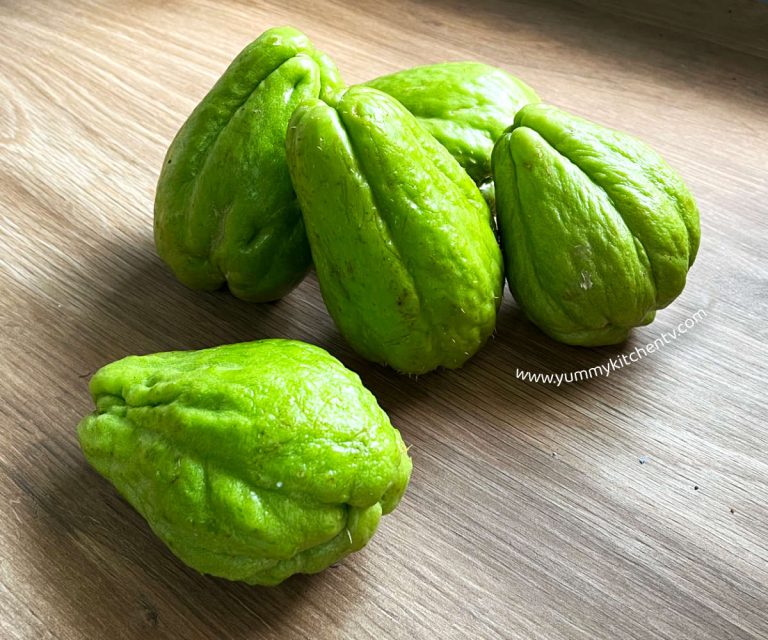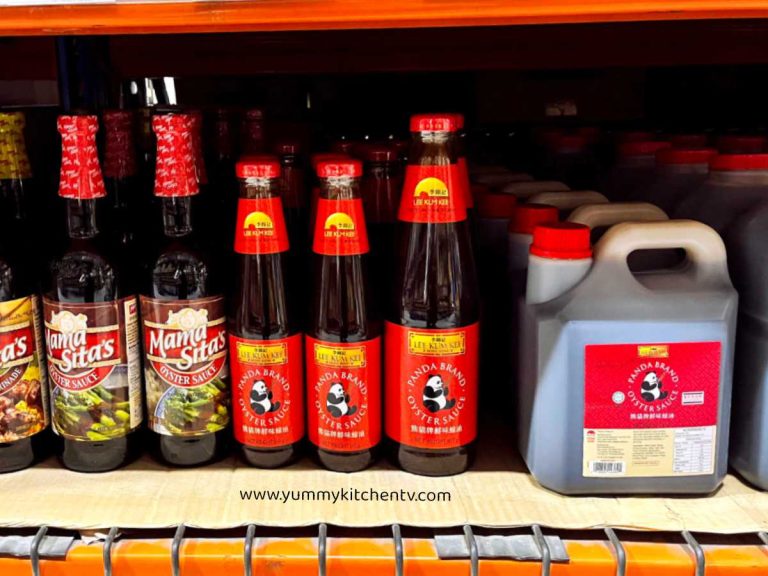Dill – An Aromatic Refreshing Herb
Dill, an herb under the celery family native to Iran, the Arabian Peninsula, and North Africa. Mostly used in the culinary world where the leaves and seeds are turned into a spice and flavoring-seasoning, these adds a bust of flavor and freshness in marinades, salads, sauces, seafood dishes, and especially used in dill pickle recipes. Though some do use this as traditional medicine due to being packed with antioxidants and nutrients, it helps with digestion, gastronomic problems, and more. You can also find them in soaps, cosmetics, and fragrances. A plant with a myriad of skills, read the article below to know more about some dill facts and a quick explanation on how to grow dill indoors.
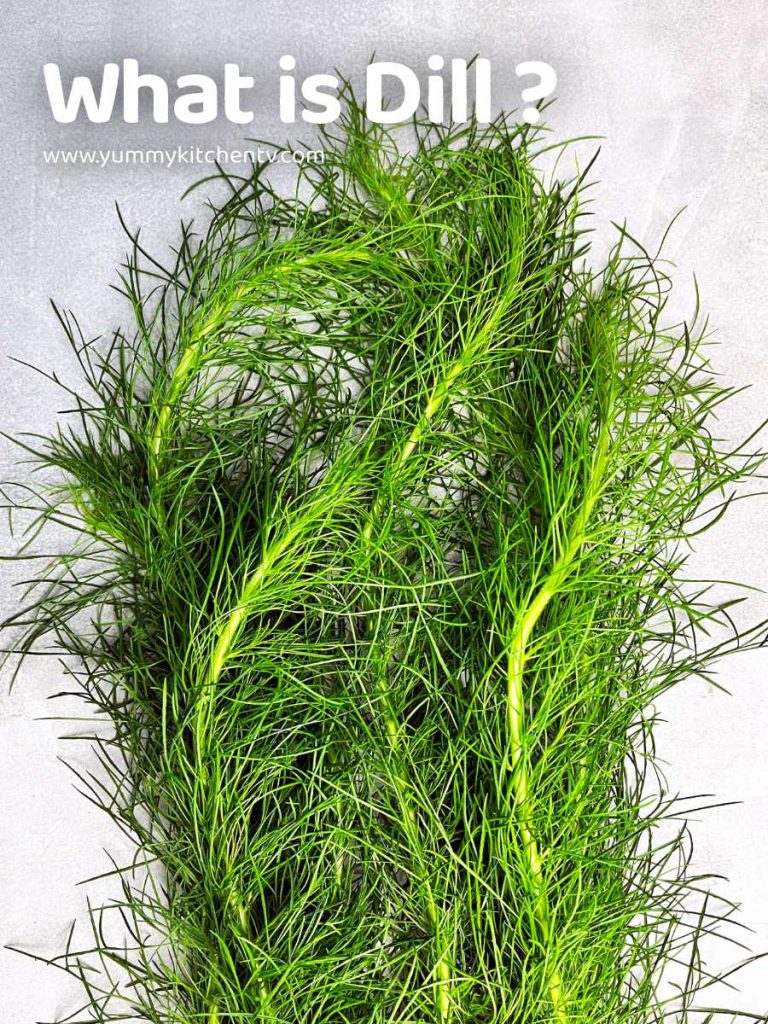
A Short History
Where does dill come from? This annual herb with the scientific name “Anethum graveolens” is under the Apicaceae celery family that is widely grown in Eurasia, native to Iran, the Arabian Peninsula, and North Africa. The plant’s seeds and leaves are typically used as seasoning and flavoring-spice in the culinary world.
How is dill grown? These grow similarly to fennel, a height of almost 4 to 5 feet, slender stems with delicate thin leaves that look almost like green thread, are soft and divided, sometimes growing yellow or white flowers that become the seeds you typically see sold in packages when brown and dried. These are also the seeds used whole or grounded into powder to create other dishes. What is dill used in? These can be found in use in a list of dill recipes for fish or a number of dill recipes for chicken, or at least a side sauce for the choice of meat, in other countries these can be found bountifully used as a garnish over potatoes as used in Germany, in salads and soups in Bulgaria, pickling and many other dishes in Romania and Hungary, or great as an added flavoring in many other savory goods like omelets, fish, sometimes even as pasta-pesto alternative to basil.
Dill vs fennel
Dill and fennel might look similar but fennel leaves are longer and are different tasting as these have a black liquorice like taste. While dill tastes more refreshingly grassy with some subtle anise notes.
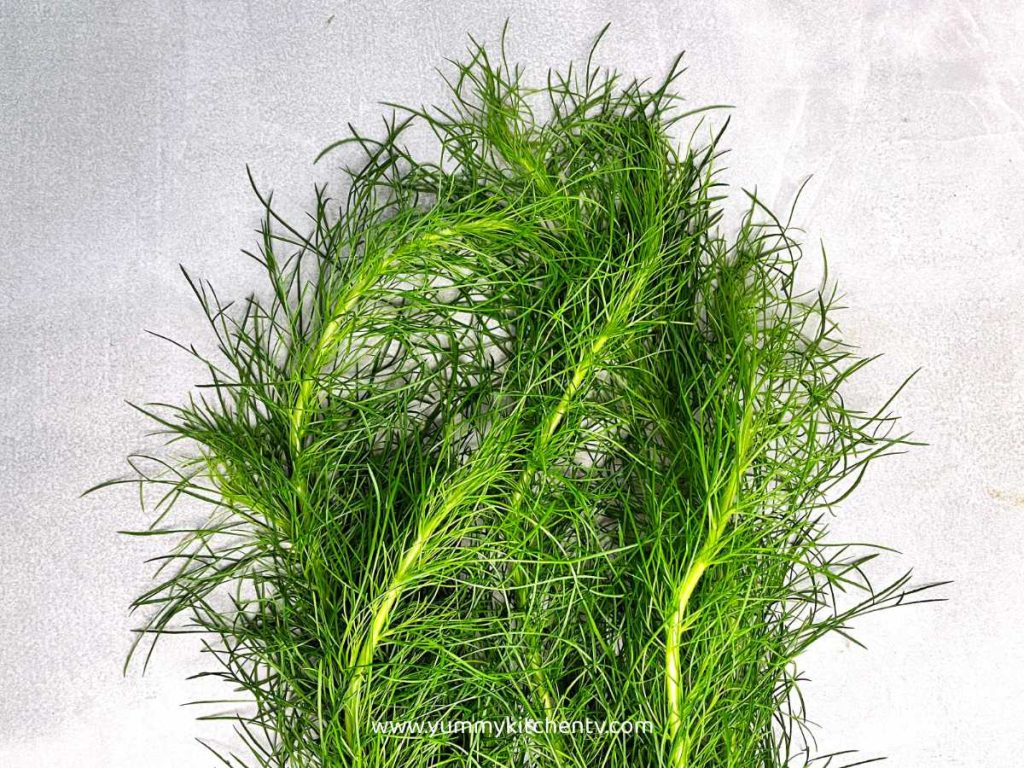
Dill Benefits and Side effects
Is dill good for you? A spice typically used for cooking but might be seen as a listed ingredient in some cosmetics, soaps, or medicine. Used as home remedies to heal digestion and liver problems, UTI and many more. Though some studies have yet to provide more evidence in these. Still there are some nutrients and chemicals that are found in this herb that have been studied to help the body in many ways. Here are some examples of dill leaves benefits:
- It has antioxidant properties that protect and help with cell damage. Meaning that it helps with inflammation which keeps from aging problems like Alzheimer’s, some cancer, and Arthritis.
- Might benefit the heart. This herb has ‘flavonoids’ which is needed to protect the heart as well as lower cholesterol and triglyceride might reduce the risk of heart problems.
- Lowers blood sugar. Studies have proven that this plant has help significantly with lowering blood sugar levels which is great for those with type-2 diabetes.
- It has properties like magnesium, calcium and phosphorus which are needed by the body for healthier bones.
- Drinking tea or eating the herb is said to help with menstrual cramps and has a diuretic effect.
* While the herb is most likely safe to consume. These dill plant benefits might be great, but if you do have a dill allergy these can cause skin irritation. Drinking too much might also cause skin sensitivity to the sun which can cause skin cancer.
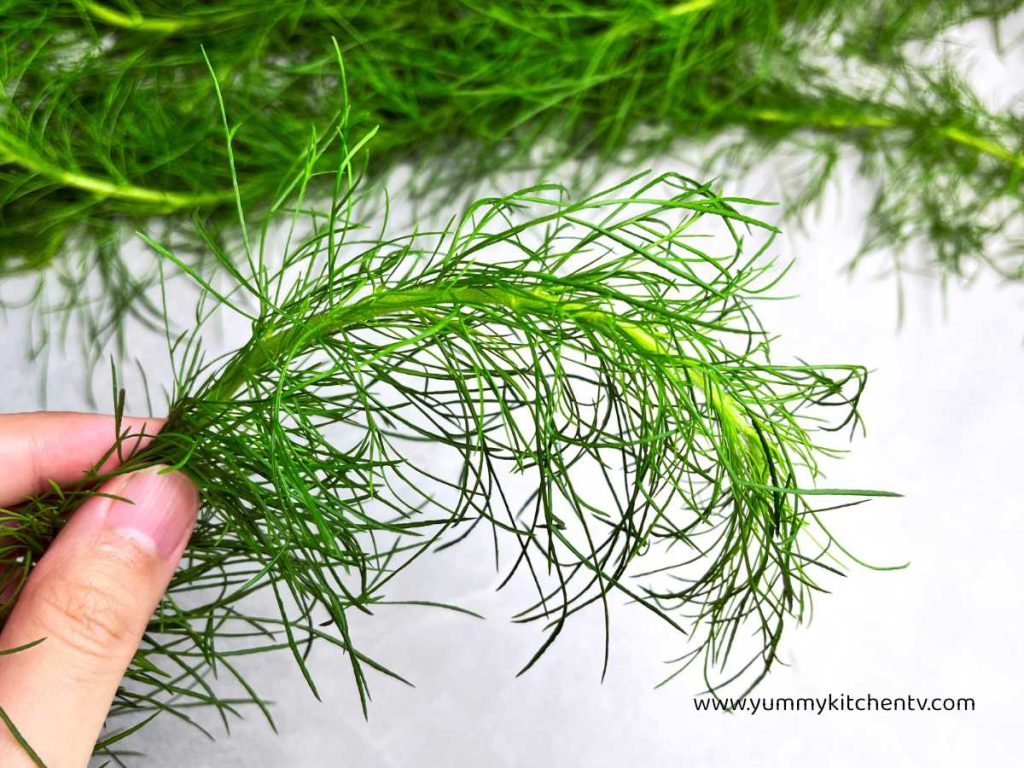
Questions:
- How to grow dill?
Best grown near summer indoors or outdoors.
- Plant the seeds in a pot filled with potting mix, place this in an area with a good amount of sunlight. Giving it enough water a day.
- These will germinate in around a week. If these were planted in a seedling tray, carefully transplant these into bigger pots once the seedlings turn at least 2 inches high.
- Keep in a sunny area and water when the soil looks a bit dry. These can grow to almost 4 to 5 feet tall.
- How to pick dill so it keeps growing?
Make sure to use scissors or shears, cutting slightly diagonally 3 inches from the bottom. Or if it is too high give them a trim to remove any dried or brown leaves.
- When to harvest dill for pickling?
These can be harvested after 5 to 8 weeks as these will be mature enough. Though some do harvest it once it has around 4 to 5 leaves, just make sure not to take too much or too close to the roots.
- Dill uses
The uses for dill seed and leaves are plentiful. From being used to main dishes as seasoning, pickling, garnish over breads, and additional flavor in soups and dips. But you can also use these as home remedies like boiling the seeds to make tea, then adding a spoon of honey or sugar to calm down an upset stomach and other digestive problems. You can find the essential oils of this herb in some cosmetic’s ingredient list, and even in fragrances as the dill smell gives a hint of anise and lemon.
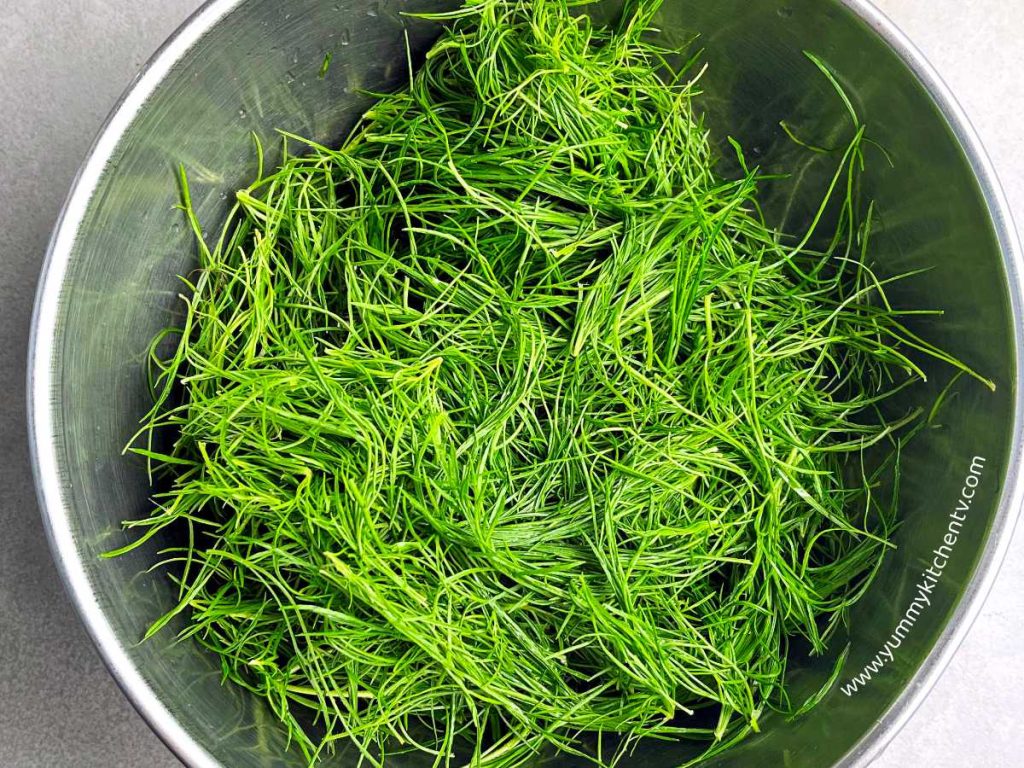
Dill Leaves Recipes:
Use fresh leaves from the garden, or from the grocery or add a few dashes of the dried leaves, use its powdered form, or a dill pickle seasoning.
- Add these to potato salads for a refreshing slightly lemon-y taste check out these: Ham Macaroni Salad, or this summer special Spicy Kani Salad with Mango, or the Christmas favorite Filipino Chicken macaroni salad (try the potato version here: Filipino Chicken Potato salad).
- Great for breakfast omelets not only for that added flavor but health benefits as well. Potato Nest (Potato Egg Nest), for meat lovers you might find the Potato pancake a better choice, or for quick and simple mornings the Potato Omelet or Tomato Omelette is a nice filling option.
- Try making warm dill pickle soup which is a mix of pickles and chicken soup.
- Or use them in this dill pickle dip (dill dip recipe) to pair with fried food like Crispy Whole Fried Chicken, Korean-style Fried Chicken Wings, KFC Style Fried Chicken, Camaron Rebosado, or Crispy Chicken Nuggets.
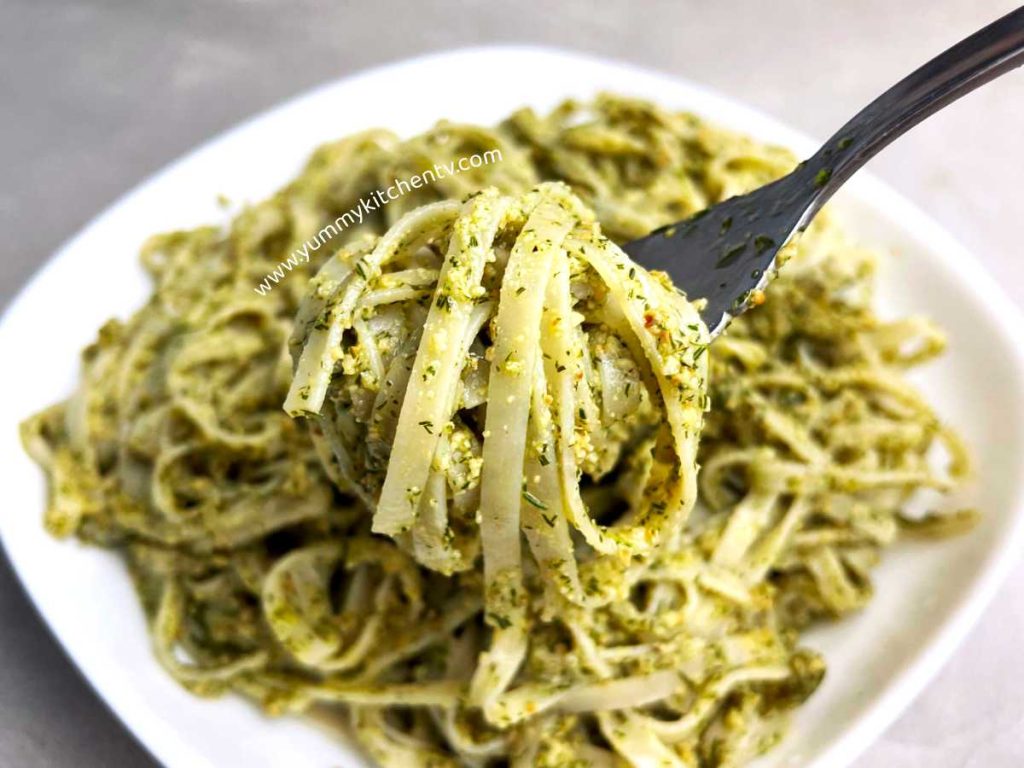
#Dill #HerbLovers #FreshFlavors #AromaticHerbs #HealthyEating #Antioxidants #CookingWithHerbs #FlavorBoost #HerbGarden #HealthyMeals #FoodieFavorites #VersatileHerb

